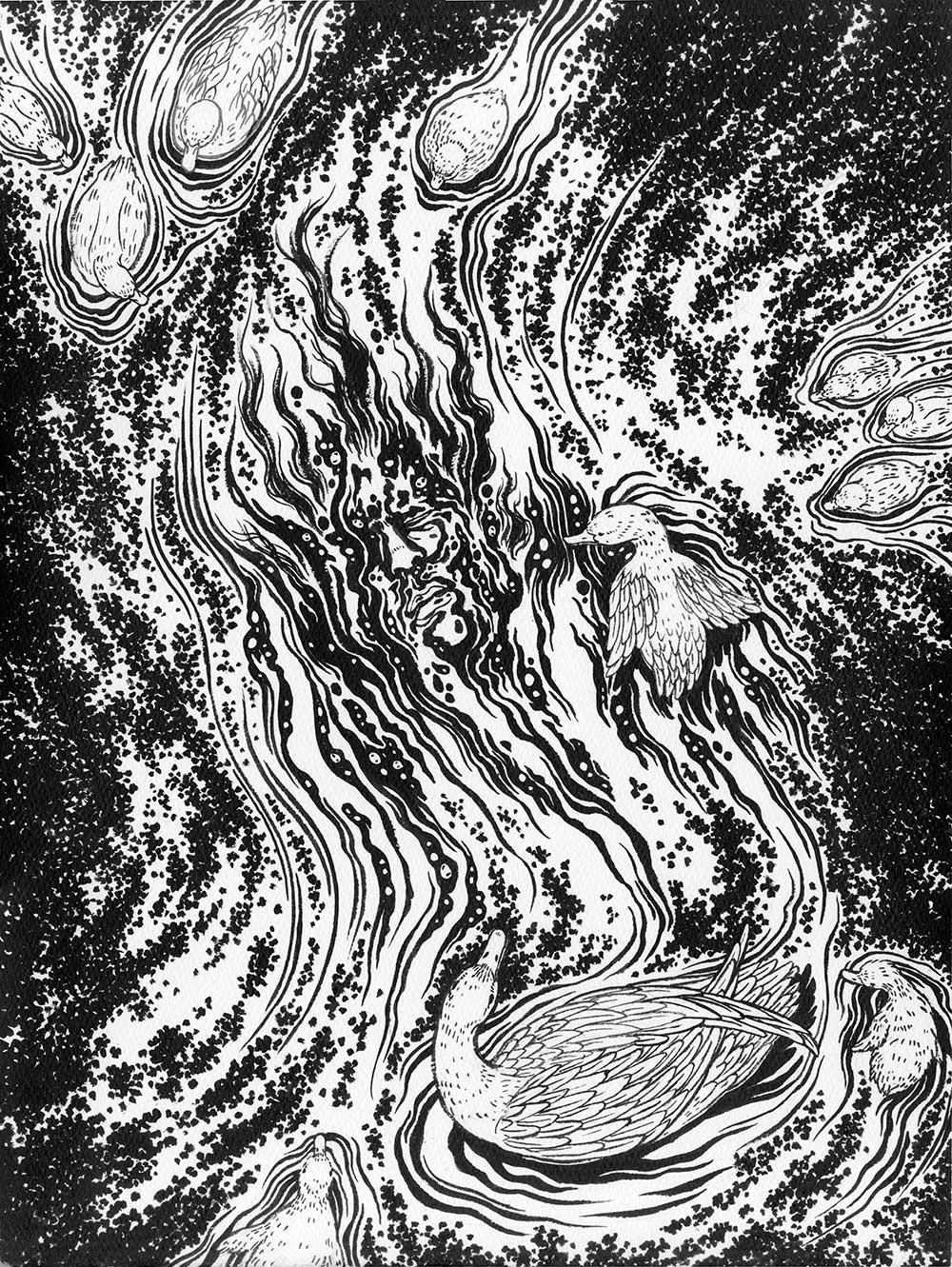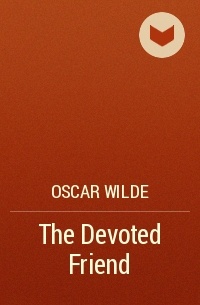

Band members Bruce Howard and Trevor Wilson conceived the idea in 1967, composing the music with Australian poet Adrian Rawlins narrating the story.

In 1968 the British group Bee Gees published the song " When the Swallows fly" with clear references to The Happy Prince tale.A record album called The Happy Prince was recorded on 21 August 1945 and issued in 1946 by American Decca Records, with Orson Welles narrating and Bing Crosby as the Prince.This featured Orson Welles (narrator), Bing Crosby (as The Prince) and Lurene Tuttle as The Swallow. Another radio version was broadcast in the Philco Radio Hall of Fame on 24 December 1944.In 1941 Orson Welles and The Mercury Theatre broadcast a version on their "Christmas Show," with music by Bernard Herrmann.A radio drama adaption by Columbia Workshop was broadcast on 26 December 1936.( February 2020) ( Learn how and when to remove this template message) Unsourced material may be challenged and removed. Please help improve this article by adding citations to reliable sources in this section. This section needs additional citations for verification. This is affirmed by God, and they live forever in His "city of gold" and garden of Paradise.

These are taken up to heaven by an Angel that has deemed them the two most precious things in the city. The people, unaware of their good deeds, take the statue down from the pillar due to its shabbiness (intending to replace it with one of the Mayor ) and melt the metal in a furnace, leaving behind the broken heart and the dead swallow, which are thrown in a dust heap. As winter comes and the Happy Prince is stripped of all of his beauty, his lead heart breaks when the swallow dies as a result of his selfless deeds and severe cold. Viewing various scenes of people suffering in poverty from his tall monument, the Happy Prince asks the swallow to take the ruby from his hilt, the sapphires from his eyes, and the gold leaf covering his body to give to the poor. In a town full of suffering poor people, a swallow who was left behind after his flock flew off to Egypt for the winter meets the statue of the late "Happy Prince," who has never experienced true sorrow, for he lived in a palace where sorrow was not allowed to enter. Plate 1 for the first edition by Walter Crane


 0 kommentar(er)
0 kommentar(er)
